Tips for Creating a Drought-Tolerant Eco-Friendly Landscape
In today's world, where water scarcity is becoming a pressing issue, creating a drought-tolerant eco-friendly landscape is not just a trend but a necessity. Imagine stepping into your garden and being greeted by vibrant colors and lush greenery, all while knowing that you're conserving precious resources. Sounds appealing, right? This article explores practical strategies for designing a sustainable landscape that conserves water, utilizes native plants, and promotes biodiversity, all while maintaining aesthetic appeal and functionality.
Drought-tolerant plants are essential for sustainable landscaping. These hardy plants have adapted to thrive in arid conditions, making them the perfect choice for anyone looking to create a low-maintenance garden. But what exactly makes these plants special? For starters, they often have deep root systems that allow them to access moisture from deeper soil layers. Additionally, many have waxy leaves that reduce water loss through evaporation. By selecting the right species for your climate and soil conditions, you can create a landscape that not only looks beautiful but also requires minimal watering.
Proper soil preparation is crucial for a successful drought-tolerant landscape. Think of your soil as the foundation of your garden—without a solid base, everything else will crumble. Improving soil health involves incorporating organic matter, like compost, which enhances water retention and provides essential nutrients for plant growth. Techniques such as aeration and mulching can also play a significant role in creating an environment where drought-tolerant plants can flourish. By focusing on soil preparation, you're setting the stage for a thriving landscape that can withstand the challenges of dry conditions.
Mulching effectively conserves soil moisture and suppresses weeds, making it a key player in your drought-tolerant landscape. Think of mulch as a protective blanket for your soil. It not only helps retain moisture but also regulates soil temperature and prevents erosion. Various mulch materials are available, such as wood chips, straw, and gravel, each offering unique benefits. For instance, organic mulches break down over time, enriching the soil, while inorganic options last longer but don’t improve soil health. Regardless of the type, applying mulch correctly is essential for maximizing its benefits.
Understanding the differences between organic and inorganic mulch can help you make informed choices. Organic mulch, like bark or straw, decomposes over time, enriching the soil and improving its structure. On the other hand, inorganic mulch, such as stones or landscape fabric, offers durability and requires less maintenance. Each type has its pros and cons:
| Type | Pros | Cons |
|---|---|---|
| Organic Mulch | Improves soil health, retains moisture | Needs replacement every year |
| Inorganic Mulch | Long-lasting, low maintenance | Does not improve soil quality |
Applying mulch correctly is key to maximizing its benefits. Aim for a thickness of about 2-4 inches to effectively suppress weeds and retain moisture. Be sure to keep mulch a few inches away from plant stems to prevent rot. Regularly check your mulch layer, as it may need replenishing over time, especially for organic options. By following these simple tips, you can ensure your garden remains healthy and vibrant.
Effective watering strategies are vital for maintaining a drought-tolerant landscape. Traditional watering methods can lead to significant water waste, so it’s essential to adopt more sustainable practices. Consider installing a drip irrigation system that delivers water directly to the roots of your plants, minimizing evaporation. Another fantastic option is rainwater harvesting, where you collect and store rainwater for later use. Additionally, scheduling your watering during the cooler parts of the day, like early morning or late evening, can further reduce water loss.
Native plants are well-adapted to local climates and require less water, making them a fantastic choice for eco-friendly landscaping. By incorporating native species into your design, you not only create a beautiful garden but also support local wildlife and promote ecological balance. These plants are often more resilient against pests and diseases, reducing the need for chemical interventions. Plus, they can thrive in your area’s specific soil and weather conditions, making them easier to care for in the long run.
Xeriscaping is a landscaping method that reduces the need for irrigation, and it’s an excellent approach for anyone looking to create a drought-tolerant garden. Key principles of xeriscaping include:
- Choosing appropriate plants that require less water
- Grouping plants with similar water needs together
- Implementing efficient irrigation practices
By following these guidelines, you can develop a landscape that not only conserves water but also enhances the beauty of your outdoor space.
Designing functional outdoor spaces enhances usability while promoting sustainability. Think about how you want to use your garden—whether it’s for entertaining guests, growing vegetables, or simply enjoying nature. Incorporating elements like patios, pathways, and garden areas can create a harmonious balance between aesthetics and function. By choosing eco-friendly materials and designs, you can ensure your outdoor space is both beautiful and practical.
Hardscape elements like stones and pathways can complement your landscape beautifully. Not only do they enhance visual appeal, but they also help reduce water usage by minimizing the amount of soil exposed to the sun. Consider using permeable materials for walkways, allowing rainwater to soak into the ground rather than run off. This integration of hardscape features can create a stunning and sustainable outdoor environment.
Regular maintenance is essential for a thriving drought-tolerant landscape. Seasonal care involves checking for pests, pruning plants, and replenishing mulch as needed. By staying on top of maintenance, you can ensure that your garden remains healthy and vibrant for years to come. Remember, a little effort goes a long way in preserving the beauty and sustainability of your outdoor space.
1. What are the best drought-tolerant plants for my region?
Research local native plants that thrive in your climate. Local nurseries or extension services can provide recommendations.
2. How often should I water my drought-tolerant garden?
Watering frequency depends on your climate and the plants you choose. Generally, deep watering once a week is sufficient.
3. Can I use traditional mulch in a drought-tolerant landscape?
Yes, but consider using organic mulch that breaks down over time to enrich the soil.
4. What is xeriscaping?
Xeriscaping is a landscaping approach that focuses on water conservation through careful plant selection and design.
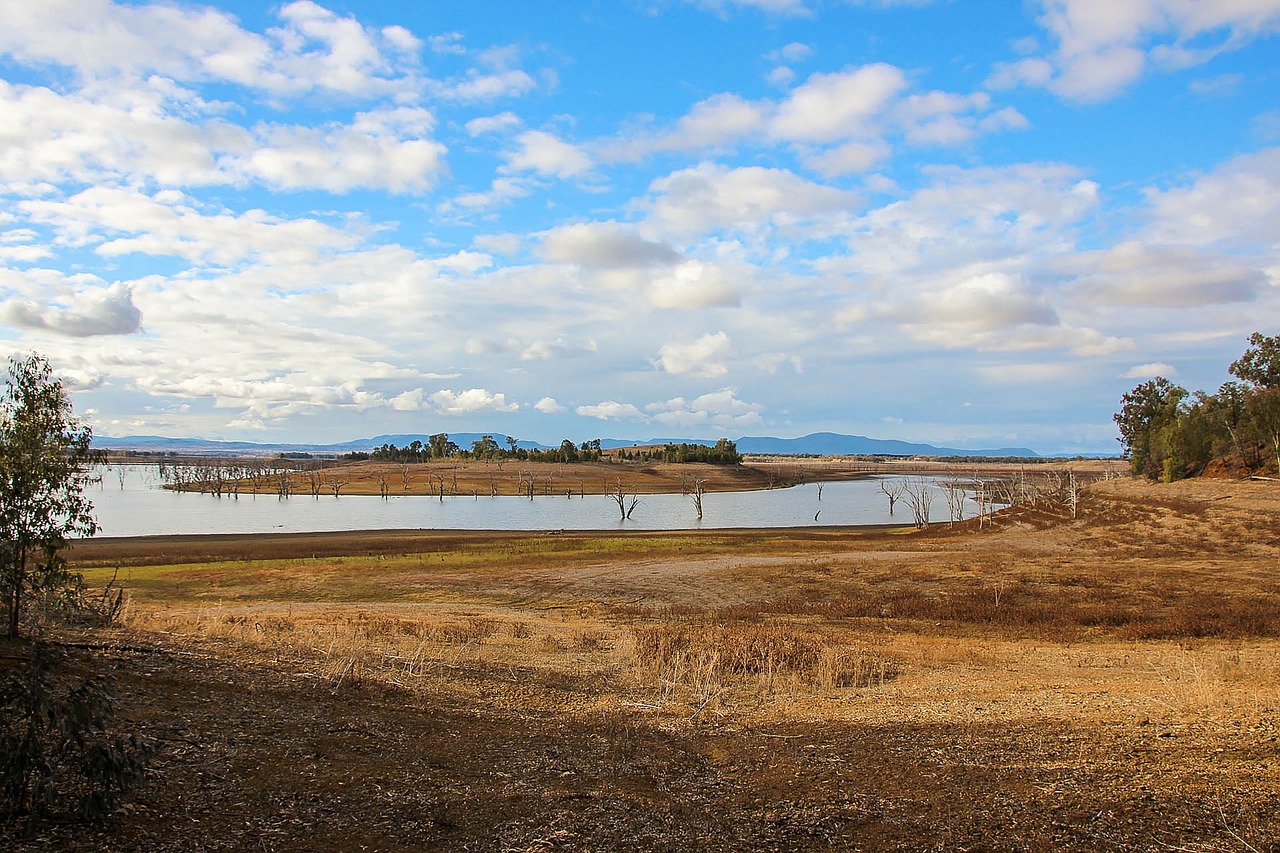
Understanding Drought-Tolerant Plants
Drought-tolerant plants are the superheroes of sustainable landscaping. They possess unique characteristics that allow them to thrive in arid conditions while conserving precious water resources. These plants have adapted over time to survive with minimal moisture, making them essential for anyone looking to create an eco-friendly landscape. But what exactly makes a plant drought-tolerant? Typically, these plants exhibit features such as deep root systems, thick leaves, and a waxy coating that reduces water loss. Imagine a camel storing water in its hump; these plants do something similar, allowing them to endure long dry spells.
One of the biggest benefits of incorporating drought-tolerant plants into your landscape is their ability to reduce water consumption significantly. By choosing the right species, you can create a vibrant garden that not only looks beautiful but also contributes to water conservation. For instance, native plants are often the best choice for drought-tolerant landscaping because they have evolved to thrive in local climates. They require less maintenance and are naturally resistant to pests and diseases, which means fewer chemicals and interventions are needed from you.
When selecting drought-tolerant plants, it’s crucial to consider your specific climate and soil conditions. Not all drought-tolerant plants will thrive in every environment. For example, a plant that flourishes in sandy soil may struggle in clay-heavy ground. To make informed choices, you can refer to local gardening guides or consult with a landscape professional. Here’s a quick overview of some popular drought-tolerant plants you might consider:
| Plant Name | Characteristics | Ideal Conditions |
|---|---|---|
| Agave | Succulent with thick leaves | Well-drained soil, full sun |
| Lavender | Fragrant, attracts pollinators | Dry, sandy soil, full sun |
| California Poppy | Bright orange flowers, low maintenance | Well-drained soil, full sun |
| Succulents | Water-storing leaves, various shapes | Well-drained soil, indirect sunlight |
Incorporating these plants into your landscape not only enhances its beauty but also fosters biodiversity. By creating an environment that supports local wildlife, you contribute to a balanced ecosystem. Imagine your garden as a bustling city, where every plant plays a role, from providing food for pollinators to offering shelter for small creatures. This interconnectedness is vital for maintaining ecological health.
In summary, understanding drought-tolerant plants is the first step toward creating a sustainable landscape that conserves water and promotes biodiversity. By selecting the right species for your environment, you can enjoy a beautiful, functional garden that requires minimal maintenance and contributes positively to the ecosystem. So, are you ready to embrace the drought-tolerant revolution in your landscaping?
- What are the best drought-tolerant plants for my region? - It's best to consult local gardening resources or extension services to find native plants suited to your area.
- How often should I water drought-tolerant plants? - Generally, these plants need less frequent watering, especially once established. A deep watering every few weeks is often sufficient.
- Can I mix drought-tolerant plants with other plants? - Yes, but be mindful of the water needs of all plants in your garden to ensure compatibility.
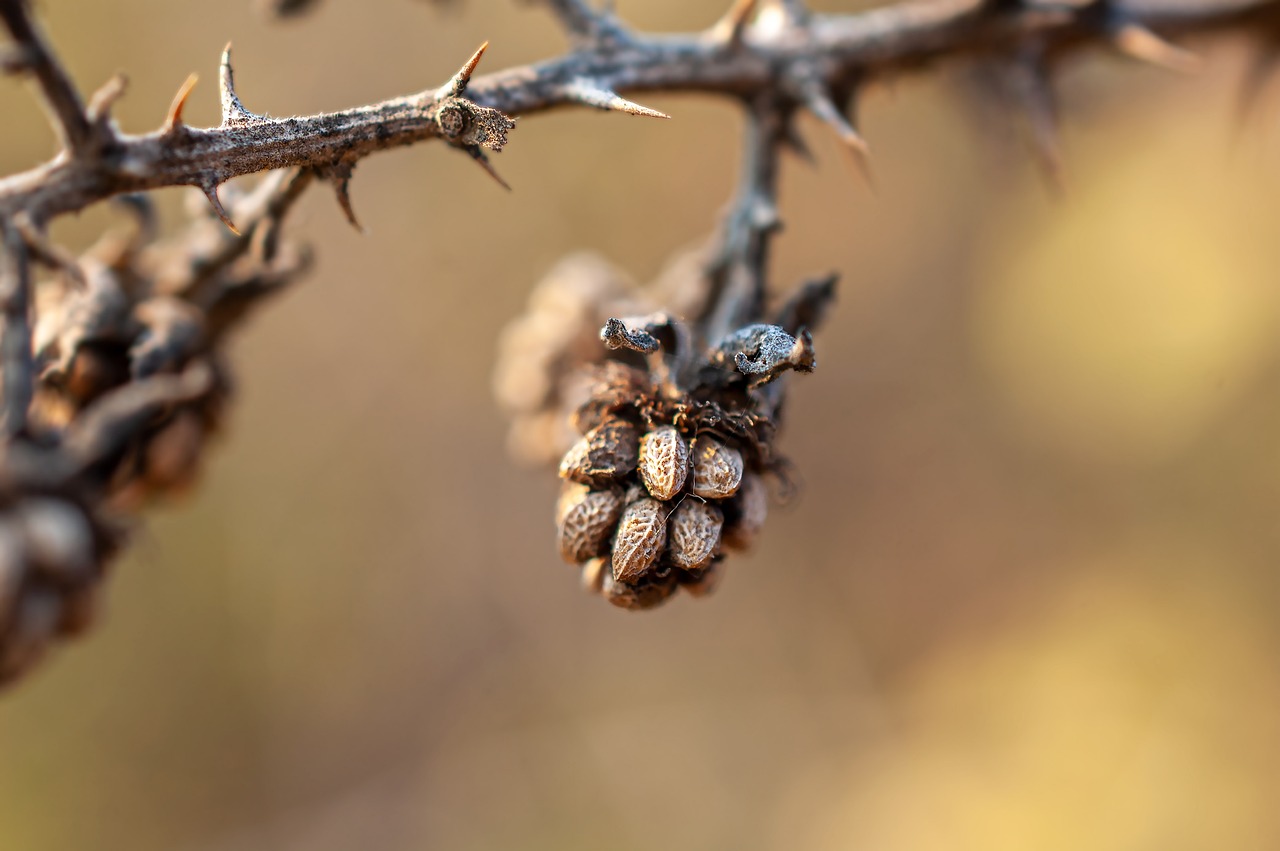
Soil Preparation Techniques
When it comes to creating a drought-tolerant eco-friendly landscape, the foundation of your garden—quite literally—is the soil. Proper soil preparation is not just a step in the process; it's the bedrock of a thriving landscape that can withstand dry spells and conserve precious water. So, how do we set the stage for success? It all starts with understanding the unique characteristics of your soil, enhancing its health, and ensuring it can retain moisture effectively. Think of your soil as a sponge; the more porous and rich it is, the better it can soak up and hold onto water.
First, it's essential to assess your soil type. Is it sandy, clayey, or loamy? Each type has its own properties and challenges. For instance, sandy soils drain quickly but may not retain moisture, while clay soils hold water but can become compacted and restrict root growth. To improve your soil's structure, consider incorporating organic matter such as compost or well-rotted manure. This not only enhances nutrient content but also improves soil aeration and moisture retention. Imagine your soil transforming into a fluffy, nutrient-rich environment where plants can thrive!
Another critical aspect of soil preparation is pH balance. Most plants prefer a slightly acidic to neutral pH (around 6.0 to 7.0). You can test your soil's pH using a simple kit available at garden centers. If your soil is too acidic, adding lime can help raise the pH, while sulfur can lower it if the soil is too alkaline. Achieving the right balance ensures that your plants can absorb nutrients efficiently, leading to healthier, more resilient growth.
Additionally, consider implementing cover crops during the off-season. These plants, such as clover or vetch, help prevent soil erosion, suppress weeds, and improve soil health by adding organic matter when tilled back into the ground. It's like giving your soil a nourishing meal while it's resting!
Once your soil is prepared, the next step is to think about mulching. Mulch acts as a protective layer on top of the soil, helping to retain moisture, regulate temperature, and suppress weeds. There are various materials you can use for mulch, each with its own benefits. For instance:
- Organic Mulch: Such as wood chips, straw, or grass clippings, these materials decompose over time, enriching the soil.
- Inorganic Mulch: Like gravel or landscape fabric, these options do not decompose but provide long-lasting coverage.
Choosing the right type of mulch depends on your specific landscape needs and aesthetic preferences. Applying a layer of mulch around your plants can significantly reduce the need for frequent watering, making it a smart choice for any drought-tolerant garden.
In conclusion, preparing your soil is a vital step in creating a landscape that not only looks good but also thrives in challenging conditions. By assessing your soil type, enhancing its health with organic matter, balancing pH levels, and incorporating mulch, you lay down a strong foundation for your drought-tolerant garden. Remember, a well-prepared soil is like a well-tuned instrument; it plays beautifully when you give it the right care and attention!
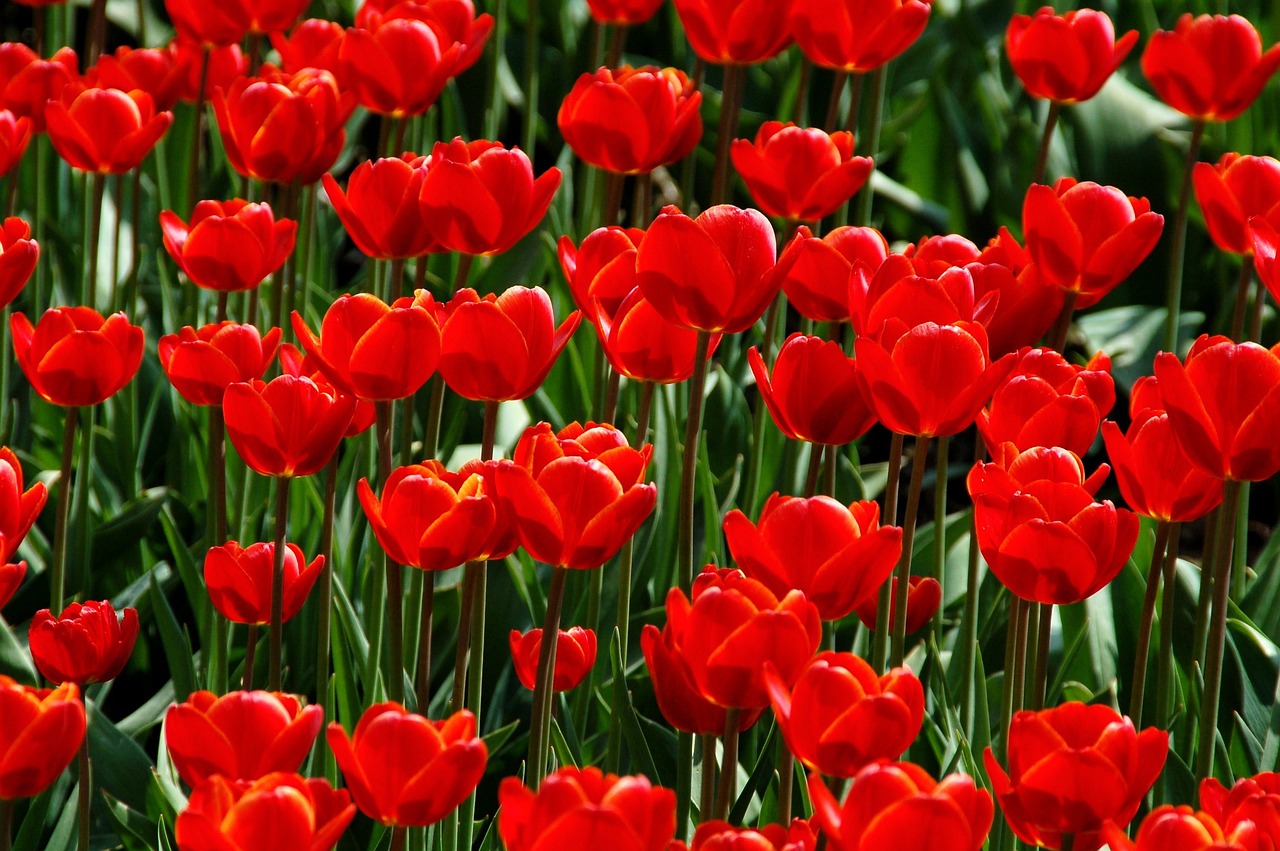
Mulching for Moisture Retention
When it comes to creating a thriving drought-tolerant landscape, mulching is one of the most effective strategies you can employ. Think of mulch as a protective blanket for your plants and soil. It helps retain moisture, suppresses weeds, and even adds a touch of aesthetic appeal to your garden. Not only does it keep the soil cool during those scorching summer days, but it also minimizes evaporation, allowing your plants to drink up every precious drop of water.
There are various types of mulch available, each offering unique benefits. Organic mulches, such as wood chips, straw, or shredded leaves, break down over time, enriching the soil with nutrients. On the other hand, inorganic mulches like gravel or rubber provide a long-lasting solution without the need for replenishment. Understanding the differences between these materials is crucial for making informed choices that align with your landscape goals.
To maximize the benefits of mulching, proper application is key. Aim for a layer of mulch that is about 2 to 4 inches thick; this thickness strikes the perfect balance between moisture retention and allowing air to reach the soil. When applying mulch, be sure to keep it a few inches away from the base of your plants to prevent rot and discourage pests. Regularly check the mulch layer and replenish it as necessary to maintain its effectiveness.
In summary, mulching is not just a simple gardening task; it's a fundamental practice that enhances the overall health of your drought-tolerant landscape. By choosing the right materials and applying them correctly, you can create a thriving environment that conserves water and supports your plants' growth. So, next time you're in your garden, remember the power of mulch—it's like giving your plants a cozy, protective hug!
- What type of mulch is best for drought-tolerant landscapes? Organic mulches such as bark chips or straw are excellent choices, as they improve soil health while retaining moisture.
- How often should I replace my mulch? Generally, you should replenish organic mulch once a year, while inorganic options may last longer but should still be checked for effectiveness.
- Can I use grass clippings as mulch? Yes, grass clippings can be used, but they should be dried out first to prevent matting and odor issues.
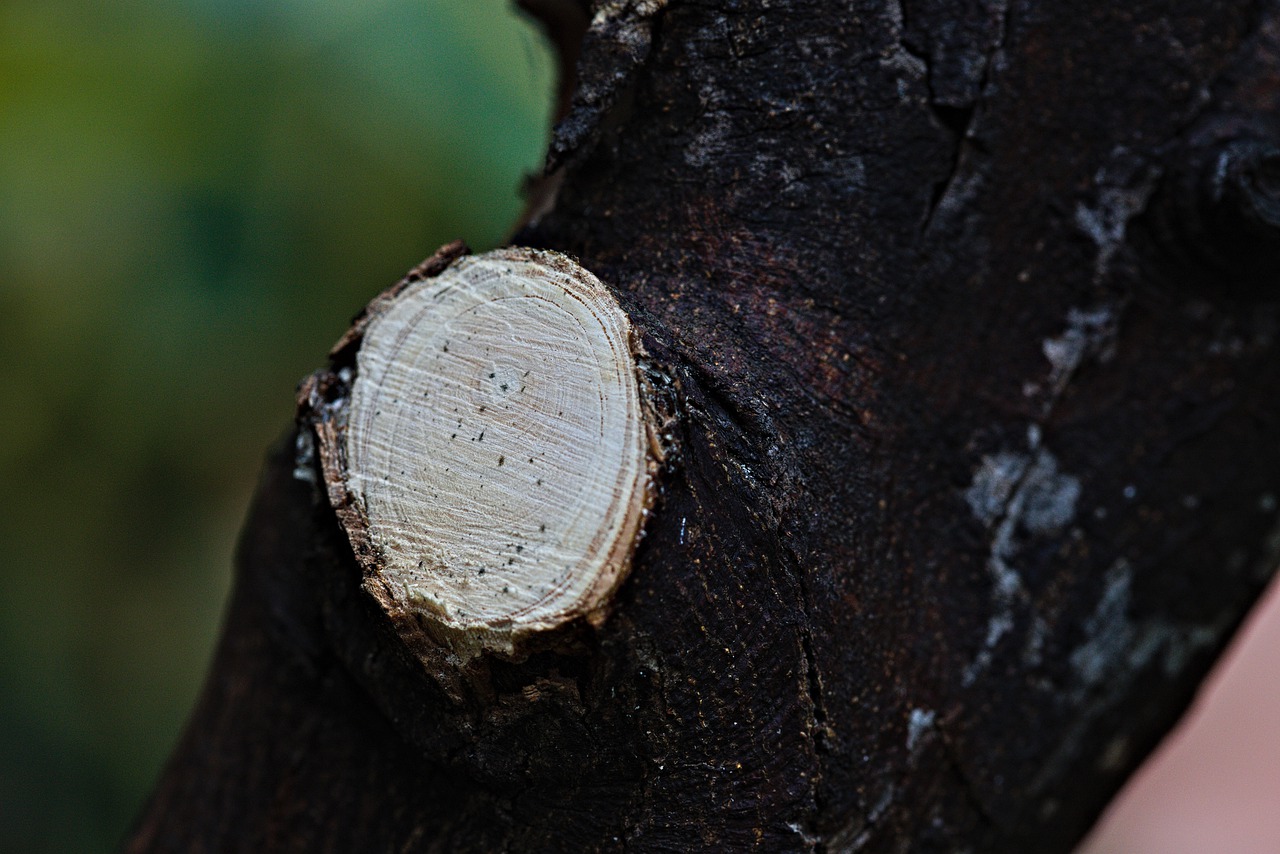
Organic vs. Inorganic Mulch
When it comes to mulching your garden, the choice between organic and inorganic mulch can significantly impact not only the aesthetics of your landscape but also its health and sustainability. Both types of mulch serve the essential purpose of conserving moisture, suppressing weeds, and improving soil health, but they do so in different ways. Understanding the nuances of each option will help you make an informed decision that aligns with your garden's needs and your environmental values.
Organic mulch consists of natural materials that decompose over time, enriching the soil with nutrients. Common organic mulches include wood chips, straw, grass clippings, and shredded leaves. As these materials break down, they improve soil structure and encourage beneficial microorganisms, creating a vibrant ecosystem beneath the surface. However, organic mulch requires regular replenishment, as it will decompose and need to be replaced to maintain its effectiveness.
On the other hand, inorganic mulch is made from non-biodegradable materials such as plastic, rubber, or gravel. These materials do not break down, which means they can last much longer than organic options. Inorganic mulches are excellent for areas where you want a low-maintenance solution, as they don't need to be replaced frequently. However, they do not contribute any nutrients to the soil, and in some cases, they can lead to increased soil temperatures, potentially harming plant roots.
To help you visualize the differences, here's a quick comparison table:
| Type of Mulch | Benefits | Drawbacks |
|---|---|---|
| Organic Mulch |
|
|
| Inorganic Mulch |
|
|
Ultimately, the choice between organic and inorganic mulch comes down to your specific gardening goals. If you're aiming for a thriving ecosystem that supports plant health and soil vitality, organic mulch might be your best bet. However, if you prefer a more hands-off approach with minimal upkeep, inorganic options could serve you well. Consider mixing both types for a balanced approach, allowing you to enjoy the benefits of each while mitigating their drawbacks.
Q: Can I use both organic and inorganic mulch together?
A: Yes! Combining both types of mulch can provide a range of benefits, such as improved soil health from organic materials and long-lasting weed suppression from inorganic options.
Q: How often should I replace organic mulch?
A: It typically depends on the type of organic mulch used, but you should check every few months and replenish it as necessary, usually once or twice a year.
Q: Does mulch attract pests?
A: Organic mulch can attract pests like slugs and termites. However, maintaining good garden hygiene and choosing the right materials can help mitigate this issue.
Q: Can I use colored mulch in my garden?
A: While colored mulch can enhance the aesthetic appeal of your landscape, be cautious as some dyes may leach into the soil. Opt for natural dyes or ensure that the mulch is safe for use in gardens.

Application Tips for Mulch
Applying mulch correctly is crucial for maximizing its benefits in your drought-tolerant landscape. First and foremost, it's essential to choose the right type of mulch for your specific needs. Organic mulches, such as wood chips, straw, or grass clippings, not only help retain moisture but also improve soil quality as they decompose. On the other hand, inorganic mulches like gravel or rubber can provide long-lasting coverage and require less maintenance. So, which one should you choose? It often depends on your aesthetic preferences and the specific needs of your plants.
When applying mulch, aim for a depth of about 2 to 4 inches. Too little mulch won't provide adequate moisture retention, while too much can suffocate plant roots and lead to pest issues. As a general rule of thumb, if you can see the soil peeking through, it's time to add more mulch. It's also wise to keep the mulch a few inches away from the base of plants to avoid rot and disease.
Another important aspect is the timing of your mulch application. Ideally, you should apply mulch in the spring after the soil has warmed up but before the summer heat kicks in. This timing allows the mulch to help retain moisture during the hottest months. If you're mulching in the fall, ensure that the mulch is not too thick, which could trap moisture and lead to fungal diseases during the winter months.
To further enhance the effectiveness of your mulch, consider layering it with other materials. For example, placing a layer of newspaper or cardboard directly on the soil before adding mulch can effectively suppress weeds. The cardboard will decompose over time, enriching the soil while keeping those pesky weeds at bay. Additionally, using a combination of different mulch types can create a visually appealing landscape while also providing the various benefits of each type.
Lastly, keep an eye on your mulch throughout the growing season. Over time, it may break down, become compacted, or wash away. Regularly check the mulch layer and replenish it as needed to maintain its effectiveness. By following these application tips, you can ensure that your mulch not only beautifies your landscape but also contributes to a sustainable, drought-tolerant environment.
- What is the best type of mulch for drought-tolerant landscapes?
Organic mulches like wood chips or straw are excellent for moisture retention, while inorganic options like gravel can reduce water usage. - How often should I replace my mulch?
It's advisable to check your mulch every few months and replenish it as needed, especially after heavy rainfall. - Can I use mulch around all types of plants?
While most plants benefit from mulch, be cautious with sensitive plants. Keep mulch a few inches away from the base to avoid rot. - Is it necessary to remove old mulch before adding new?
It's not always necessary; however, removing old mulch can help prevent pest problems and disease.
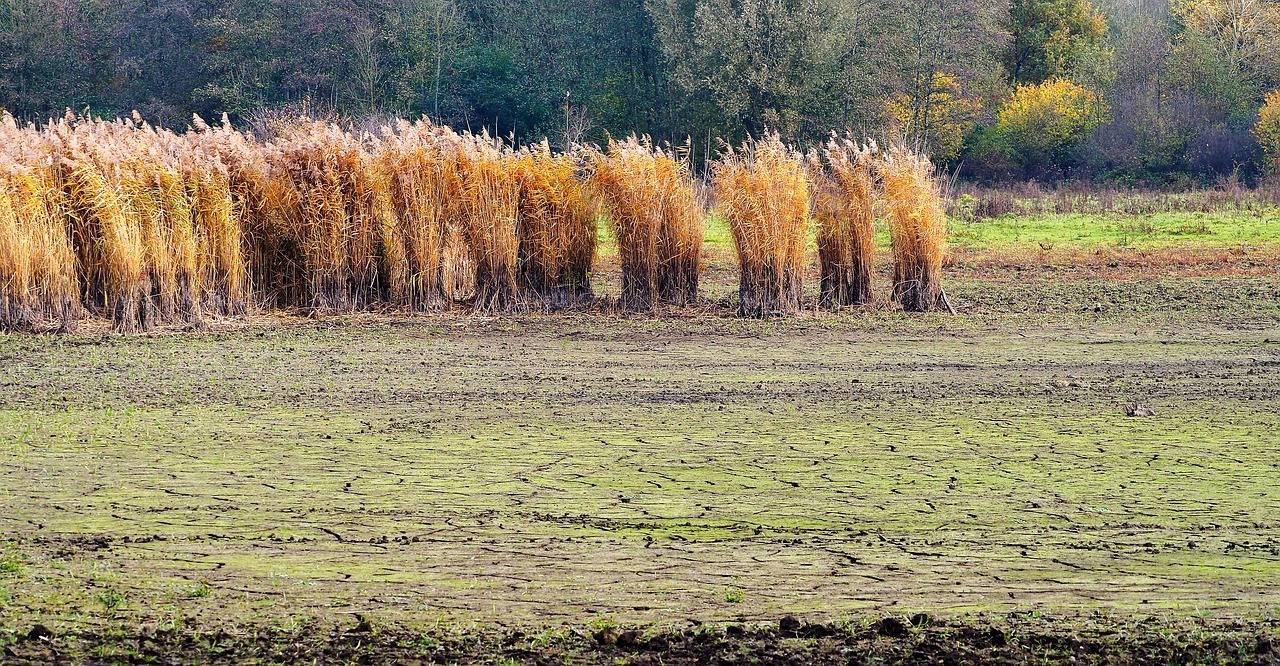
Watering Strategies for Sustainability
When it comes to creating a drought-tolerant landscape, effective watering strategies are absolutely vital. Think of your plants as athletes; they need the right kind of training and care to thrive in challenging conditions. By adopting sustainable watering practices, you can minimize water waste while ensuring your plants receive the hydration they need to flourish. So, how do we strike that perfect balance? Let’s dive into some practical techniques that can help transform your garden into a water-efficient oasis.
One of the most effective methods for sustainable watering is drip irrigation. This technique delivers water directly to the roots of your plants, minimizing evaporation and runoff. Imagine a gentle rain shower that only falls where it's needed most—that’s the magic of drip irrigation! By using this system, you can reduce your water consumption by up to 50% compared to traditional sprinklers. Not only does this save you money, but it also ensures your plants are getting just the right amount of moisture.
Another fantastic strategy is rainwater harvesting. This eco-friendly practice involves collecting and storing rainwater from your roof or other surfaces to use for irrigation. With a rain barrel or a more extensive collection system, you can capture thousands of gallons of water each year. Picture this: every time it rains, you’re filling up your reservoir for free! Not only does this reduce your reliance on municipal water supplies, but it also helps to manage stormwater runoff, which can be a significant environmental issue.
Additionally, it’s crucial to consider watering schedules. Timing is everything! Watering early in the morning or late in the evening reduces evaporation losses, allowing more water to penetrate the soil. Think of it as giving your plants a refreshing drink when they need it most. If you water during the heat of the day, a significant portion of that water can evaporate before it even reaches the roots. By adjusting your watering times, you can ensure that every drop counts.
To help you visualize the impact of these strategies, take a look at the table below, which compares traditional watering methods with sustainable practices:
| Watering Method | Water Efficiency | Environmental Impact |
|---|---|---|
| Traditional Sprinklers | Low (up to 30% waste) | High runoff and evaporation |
| Drip Irrigation | High (up to 50% savings) | Minimal runoff, targeted watering |
| Rainwater Harvesting | Very High (depends on rainfall) | Reduces stormwater runoff |
Finally, consider using soil moisture sensors to monitor your plants’ needs. These nifty devices can help you determine when to water by measuring the moisture level in the soil. It’s like having a personal assistant for your garden! By watering only when necessary, you can conserve water and promote healthier plant growth.
In conclusion, adopting these sustainable watering strategies can significantly enhance the health of your drought-tolerant landscape while conserving precious resources. Remember, every small effort counts when it comes to creating an eco-friendly environment. So, whether you choose drip irrigation, rainwater harvesting, or simply adjust your watering schedule, you’re making a positive impact on both your garden and the planet.
- What is the best time to water my garden?
Watering early in the morning or late in the evening is ideal to reduce evaporation. - How much water do drought-tolerant plants need?
While it varies by species, most drought-tolerant plants require less frequent watering, about once every 1-2 weeks. - Can I use rainwater for all my plants?
Yes, rainwater is safe for most plants and can be a great resource for irrigation.
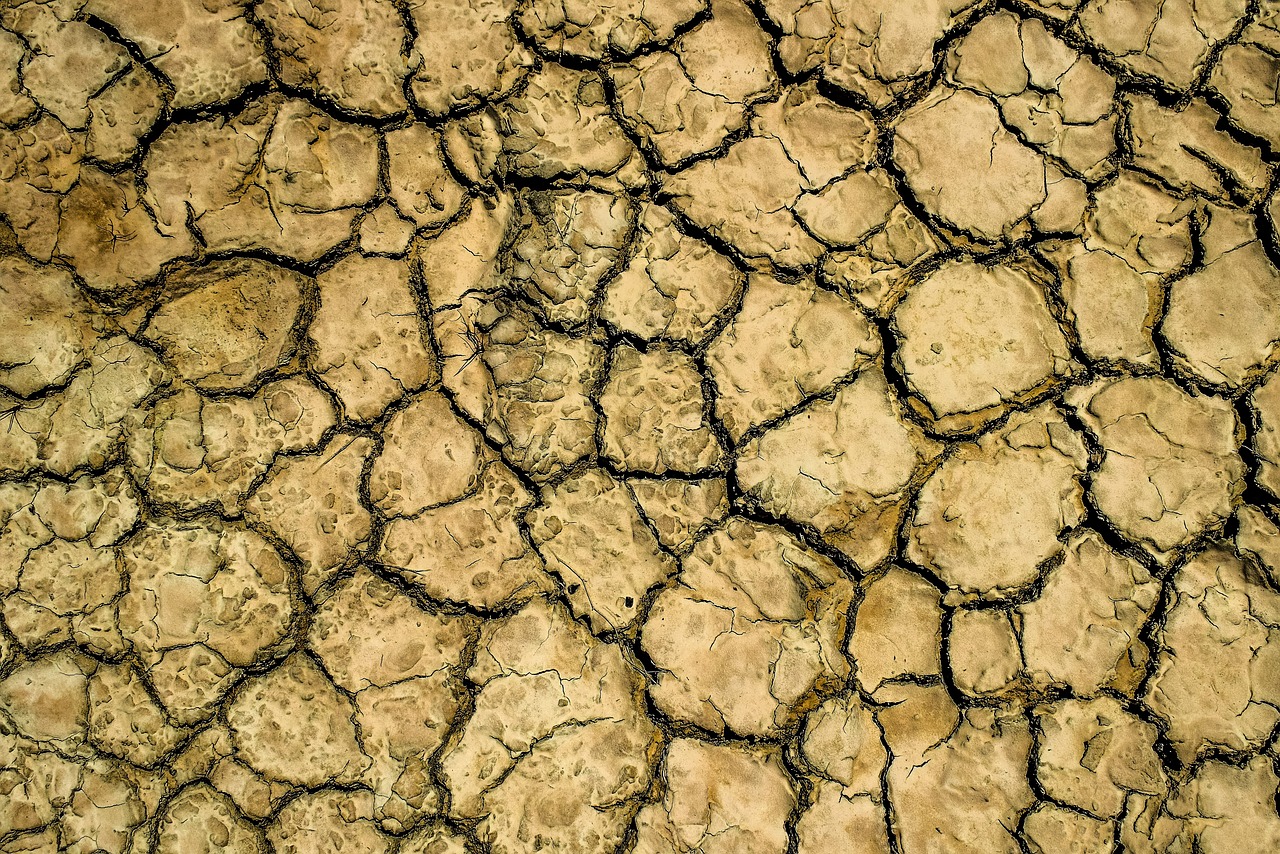
Choosing Native Plants
When it comes to creating a drought-tolerant and eco-friendly landscape, one of the most impactful choices you can make is to incorporate native plants. These plants are not just beautiful; they are also perfectly adapted to your local climate and soil conditions, making them a sustainable choice for any garden. Imagine walking through a vibrant garden where the colors and textures reflect the natural beauty of your region—this is the magic of using native flora!
Native plants offer a myriad of benefits, not just for aesthetics but also for the environment. They require significantly less water than non-native species, which is crucial in times of drought. By choosing plants that are already accustomed to the local weather patterns, you can reduce your reliance on irrigation systems and help conserve precious water resources. Furthermore, native plants support local wildlife, including pollinators like bees and butterflies, creating a thriving ecosystem right in your backyard.
So, how do you choose the right native plants for your landscape? Start by researching the species that are indigenous to your area. Local extension services, botanical gardens, and native plant societies can be excellent resources for learning about the best options. Consider factors such as:
- Soil Type: Different plants thrive in different soil conditions. Test your soil to understand its composition and pH level.
- Sunlight Exposure: Observe how much sunlight your garden gets throughout the day. Some native plants prefer full sun, while others thrive in shade.
- Water Availability: Even drought-tolerant plants will need some water during establishment. Consider how much water you can provide initially.
Once you have a list of potential plants, think about how they will work together in your landscape. Group plants with similar water and light requirements to make maintenance easier and ensure that they thrive. For instance, you might pair low-growing ground covers with taller flowering plants to create a layered effect that adds depth and interest to your garden.
Another key aspect of choosing native plants is understanding their growth habits. Some native species can spread quickly and may require regular pruning to keep them in check, while others grow slowly and may need more time to establish. Familiarizing yourself with these characteristics will help you design a landscape that is not only beautiful but also manageable.
In addition to their ecological benefits, native plants can enhance the overall aesthetic of your landscape. They often have unique colors, shapes, and textures that can create a stunning visual impact. For example, the vibrant blooms of California poppies or the delicate foliage of Eastern red columbine can add a splash of color and charm to any garden.
In summary, incorporating native plants into your landscape design is a winning strategy for sustainability and beauty. By selecting species that are well-adapted to your local environment, you can create a garden that thrives with minimal water and maintenance while supporting local ecosystems. So, roll up your sleeves and start planning your native plant garden today—your future self (and the planet) will thank you!
Q: Why should I choose native plants over non-native species?
A: Native plants are adapted to local conditions, requiring less water and maintenance. They also support local wildlife and contribute to biodiversity.
Q: How can I find native plants suitable for my area?
A: Check with local nurseries, botanical gardens, or native plant societies for recommendations on species that thrive in your region.
Q: Do native plants require a lot of care?
A: Once established, native plants generally require less care than non-native species. They are more resilient to local pests and diseases.
Q: Can I mix native plants with non-native plants?
A: Yes, but be cautious. Ensure that non-native plants do not outcompete or harm native species in your garden.
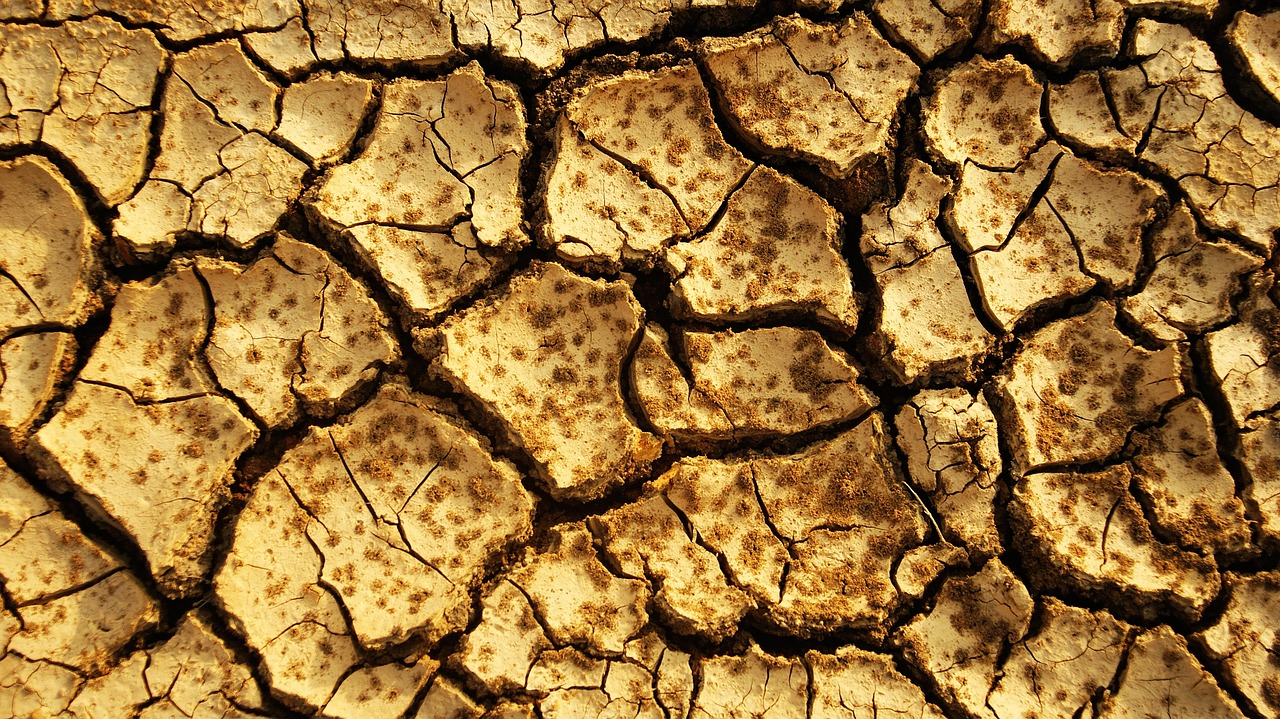
Designing with Xeriscaping Principles
Xeriscaping is more than just a fancy term; it’s a revolutionary approach to landscaping that embraces the beauty of nature while conserving precious water resources. Imagine transforming your yard into a stunning oasis that thrives on minimal irrigation—sounds appealing, right? By integrating xeriscaping principles into your landscape design, you can create a vibrant space that not only looks good but also supports sustainability. Let's dive into the key principles that will guide you in crafting a xeriscaped garden that will make your neighbors green with envy!
The first principle of xeriscaping is planning and design. Before you even think about digging in, take a step back and sketch out your ideas. Consider the natural features of your property, such as sunlight exposure, wind patterns, and existing soil conditions. This foundational step is crucial because it allows you to make informed decisions about plant selection and layout. Think of it as laying the groundwork for a masterpiece—without a solid plan, even the best ideas can fall flat.
Next up is efficient irrigation. While xeriscaping aims to reduce water usage, it doesn’t mean you should completely neglect watering your plants. Instead, focus on methods that maximize efficiency. For instance, installing a drip irrigation system can deliver water directly to the roots, minimizing evaporation and runoff. Additionally, consider using rain barrels to collect and store rainwater, which can then be used to hydrate your plants during dry spells. It’s like giving your garden a refreshing drink without tapping into the municipal supply!
Another essential aspect is plant selection. Choose plants that are native to your region or those that are drought-resistant. Native plants are already adapted to your local climate, meaning they require less water and maintenance. When selecting plants, think about their mature size, color, and texture—this will help create a visually appealing landscape. For example, pairing tall, vibrant flowers with low-growing ground covers can create stunning layers that catch the eye. Remember, a well-planned plant palette is the heart of any xeriscaped garden!
Don’t forget about zoning, which involves grouping plants based on their water needs. This technique allows you to optimize water usage by placing thirsty plants together while keeping drought-tolerant species in areas that receive less moisture. It’s like organizing your closet—everything has its place, and when you know where to find things, life becomes a lot easier!
Finally, incorporating mulch into your xeriscaping design can work wonders. Mulch acts as a protective blanket for your soil, reducing evaporation and suppressing weeds. Organic mulches, like wood chips or straw, not only enhance soil health as they decompose but also add a beautiful aesthetic to your garden. Just think of it as the icing on the cake—necessary and delightful!
In summary, designing with xeriscaping principles not only conserves water but also creates an enchanting landscape that can thrive in any climate. By planning your design, selecting the right plants, implementing efficient irrigation, zoning appropriately, and using mulch, you can cultivate a garden that is both beautiful and sustainable. So, roll up your sleeves and get ready to transform your outdoor space into an eco-friendly paradise!
- What is xeriscaping? Xeriscaping is a landscaping method that reduces or eliminates the need for irrigation by using drought-tolerant plants and efficient design principles.
- Can I use non-native plants in a xeriscaped garden? While it's best to choose native or drought-resistant plants, some non-native species can also be incorporated if they are low-water and well-suited to your climate.
- How much water can I save with xeriscaping? The amount of water saved varies, but xeriscaping can reduce water usage by up to 50% compared to traditional landscaping methods.
- Is xeriscaping expensive to implement? While there may be initial costs associated with redesigning your landscape, xeriscaping often leads to lower water bills and reduced maintenance costs in the long run.
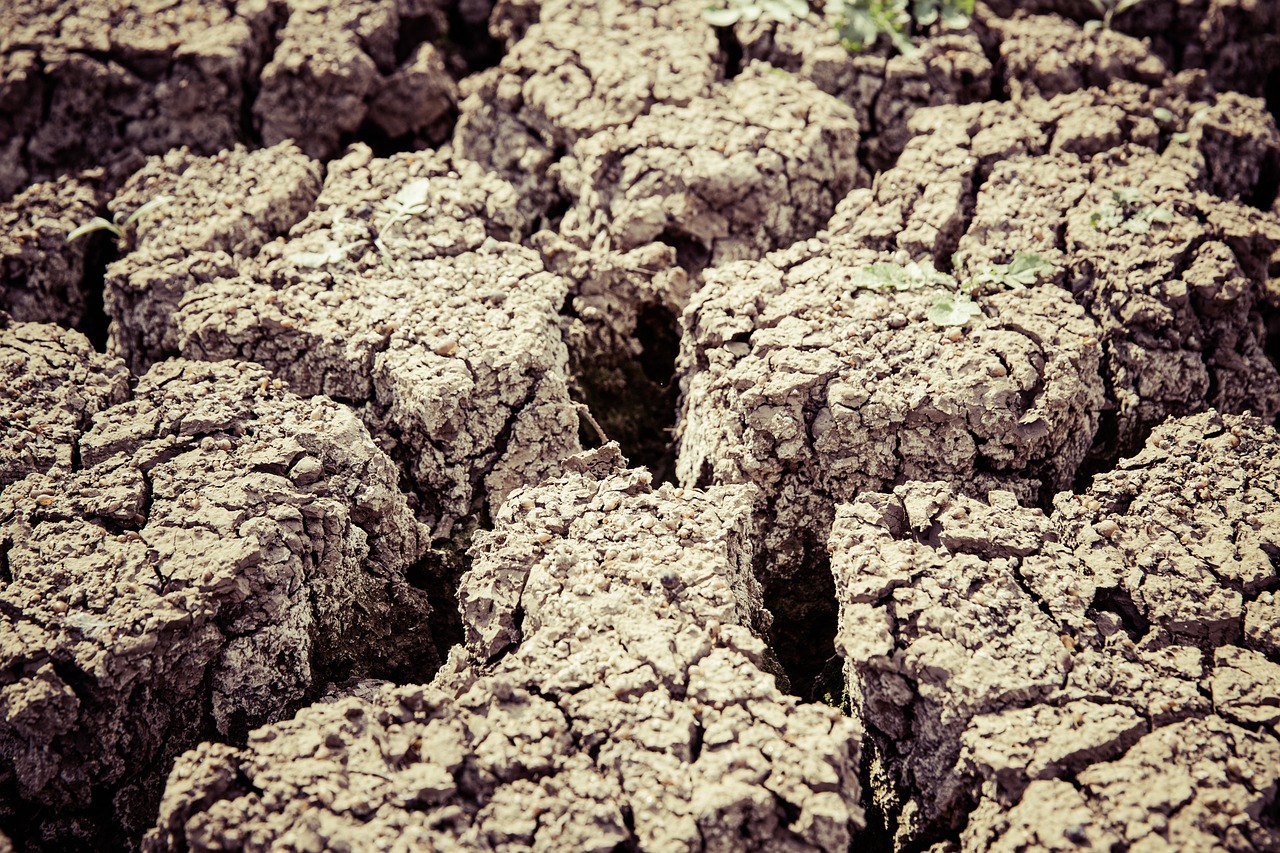
Creating Functional Outdoor Spaces
Designing functional outdoor spaces is like crafting a beautiful symphony; each element plays its part in creating a harmonious environment that not only looks stunning but also serves practical purposes. Imagine stepping into your yard and feeling instantly at peace, surrounded by lush greenery and well-planned areas that invite you to relax, entertain, or even grow your own food. By integrating eco-friendly designs into your landscape, you can achieve a perfect balance between aesthetics and functionality while promoting sustainability.
When creating these spaces, consider how you want to use them. Will you host weekend barbecues, cultivate a vegetable garden, or simply have a quiet nook to enjoy your morning coffee? The answer to these questions will guide your design choices. For instance, if entertaining is your priority, you might want to create a spacious patio with comfortable seating, perhaps adorned with a pergola for shade. On the other hand, if you envision a serene retreat, a cozy corner with a bench surrounded by fragrant native plants can provide a perfect escape.
Another essential aspect of functional outdoor spaces is the incorporation of pathways. Not only do they guide visitors through your landscape, but they also prevent soil compaction and erosion. Consider using permeable materials like gravel or permeable pavers that allow water to percolate through, reducing runoff and promoting groundwater recharge. Here’s a quick comparison of different pathway materials:
| Material | Advantages | Disadvantages |
|---|---|---|
| Gravel | Cost-effective, good drainage | Can shift over time, requires maintenance |
| Pavers | Durable, customizable design | Higher initial cost, installation time |
| Wood Chips | Natural look, biodegradable | Can decompose, may attract pests |
In addition to pathways, incorporating hardscape elements such as benches, fire pits, or raised garden beds can enhance the functionality of your landscape. These features not only add visual interest but also provide practical benefits. For instance, a fire pit can serve as a focal point for gatherings, extending your outdoor enjoyment into the cooler months. When selecting hardscape materials, consider using recycled or sustainably sourced products to minimize your environmental impact.
Moreover, think about the layout of your outdoor spaces. Creating zones for different activities can maximize usability. For example, you might designate one area for dining, another for gardening, and a quiet space for relaxation. By strategically placing these zones, you can ensure that each part of your landscape serves its intended purpose without feeling crowded or chaotic. Using plants to create natural dividers can also enhance privacy and add to the aesthetic appeal.
Lastly, don’t forget about the role of lighting in your outdoor design. Proper lighting can transform your space after sunset, allowing you to enjoy it even when the sun goes down. Consider using energy-efficient LED lights to illuminate pathways, highlight focal points, and create a warm atmosphere for evening gatherings. With thoughtful planning and design, your outdoor spaces can become a true extension of your home, blending beauty, functionality, and sustainability.
- What are the best plants for a drought-tolerant landscape?
Native plants are ideal as they are adapted to local climates and typically require less water. - How often should I water my drought-tolerant garden?
Watering should be based on the specific needs of your plants, but generally, deep watering once a week is sufficient. - Can I use traditional landscaping materials in an eco-friendly landscape?
Yes, but it’s best to choose sustainable or recycled materials whenever possible to minimize environmental impact.
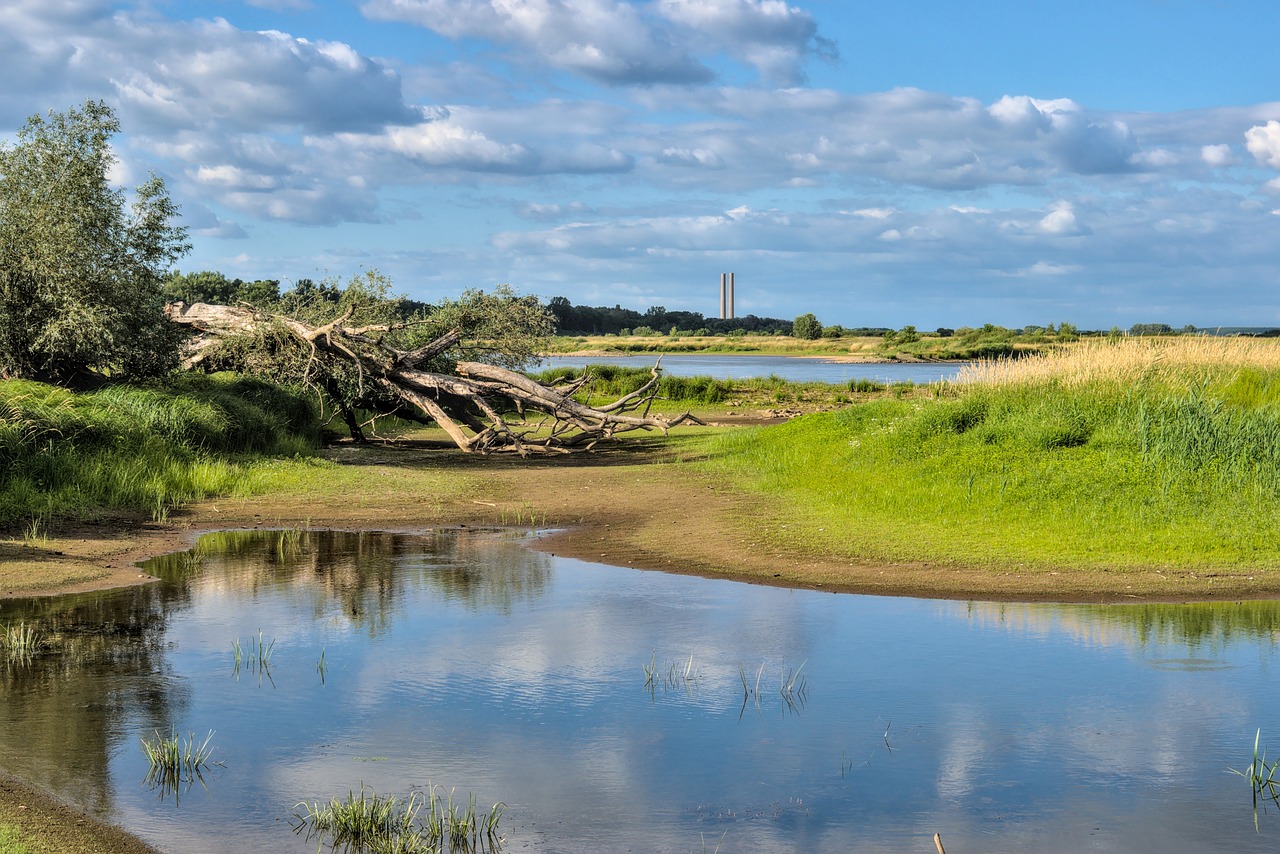
Incorporating Hardscape Elements
When it comes to creating a drought-tolerant landscape, the role of hardscape elements cannot be overstated. These non-plant features, such as patios, walkways, and retaining walls, not only enhance the aesthetic appeal of your garden but also play a crucial role in water conservation. Think of hardscape as the backbone of your landscape design; it provides structure and functionality while reducing the overall need for irrigation. By incorporating hardscape elements, you can create visually stunning spaces that complement the natural beauty of your drought-tolerant plants.
One of the most effective ways to incorporate hardscape is by using permeable materials for walkways and patios. These materials allow water to seep through, reducing runoff and promoting groundwater recharge. Imagine walking on a beautiful stone pathway that not only looks good but also helps the environment! Some popular options for permeable surfaces include:
- Permeable pavers
- Gravel
- Natural stone
Additionally, strategically placed hardscape elements can create microclimates within your landscape. For example, a stone wall can provide shelter for delicate plants from harsh winds or intense sunlight, allowing them to thrive with minimal water. This is akin to creating a cozy nook in your garden where plants can flourish, even in challenging conditions.
Moreover, hardscape features can also serve practical purposes. For instance, raised beds not only improve drainage but also make it easier to tend to your plants without excessive bending. Similarly, benches and seating areas can transform a simple garden into a multifunctional outdoor space where you can relax and enjoy nature. The key is to find a balance between hardscape and softscape that suits your lifestyle and enhances the ecological health of your landscape.
Lastly, don’t forget about the visual impact of your hardscape elements. Using materials that complement the colors and textures of your plants can create a harmonious look. For example, warm-toned bricks can pair beautifully with vibrant native flowers, while cool-toned stones can enhance the tranquility of a succulent garden. The right choice of hardscape materials can make your landscape not just eco-friendly, but also a stunning visual masterpiece.
| Question | Answer |
|---|---|
| What are hardscape elements? | Hardscape elements are non-plant features in landscaping, such as patios, walkways, and walls, that enhance the functionality and aesthetics of a garden. |
| How do hardscape elements help with water conservation? | Hardscape elements, especially permeable surfaces, allow rainwater to infiltrate the ground, reducing runoff and promoting groundwater recharge. |
| Can hardscape features improve plant health? | Yes, features like raised beds and stone walls can create better growing conditions by improving drainage and providing shelter from harsh elements. |
| What materials are best for hardscaping in a drought-tolerant landscape? | Permeable pavers, gravel, and natural stone are excellent choices as they promote water retention and reduce the need for irrigation. |
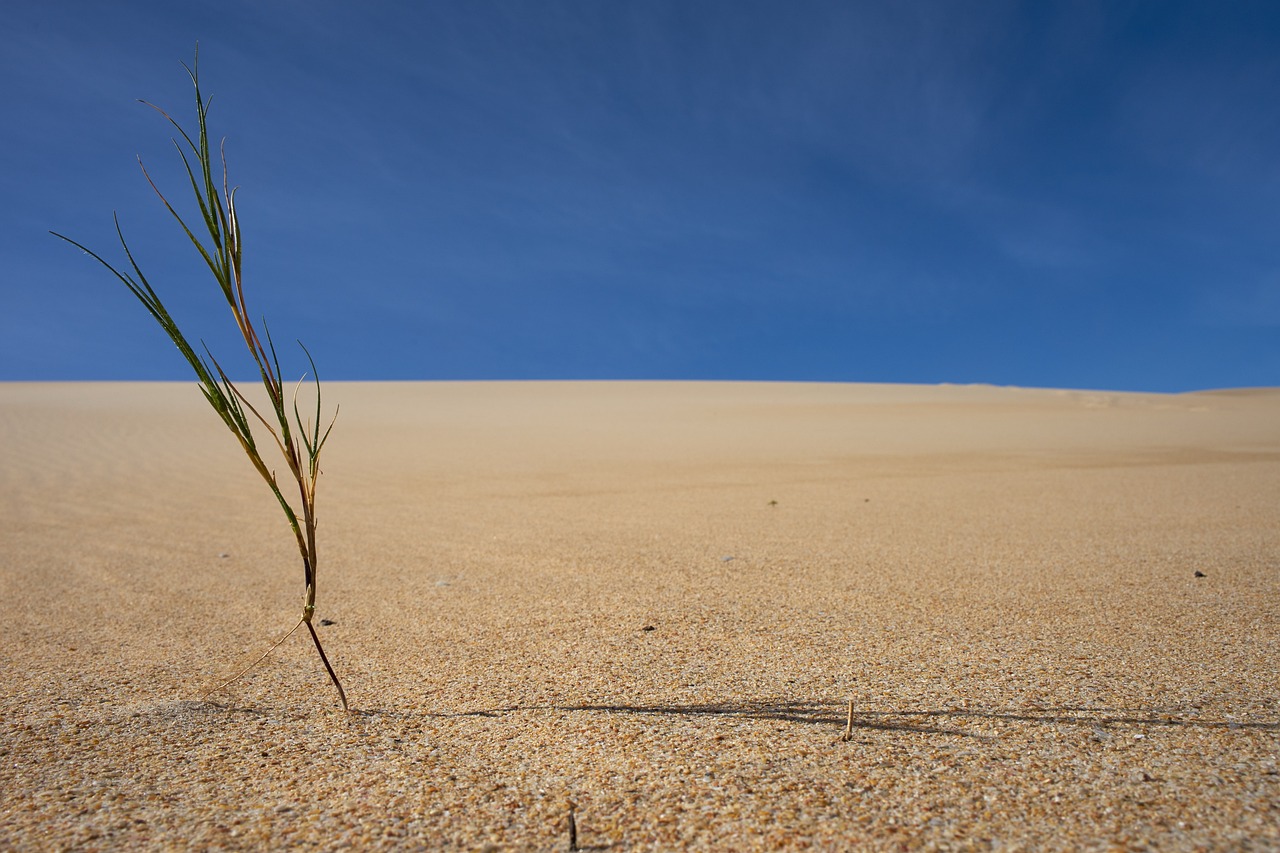
Maintaining Your Eco-Friendly Landscape
Maintaining your eco-friendly landscape is like nurturing a delicate ecosystem; it requires regular attention and care to thrive. Just as a gardener tends to their plants, you must engage with your landscape to ensure its health and sustainability. This means not only keeping an eye on the plants but also understanding the broader environment in which they exist. Regular maintenance can significantly enhance the beauty and functionality of your outdoor space while conserving resources.
One of the most important aspects of maintaining a drought-tolerant landscape is seasonal care. Different seasons bring unique challenges and opportunities for your plants. For instance, during the hot summer months, you might need to adjust your watering schedule. Instead of watering frequently, consider deep watering less often to encourage deeper root growth. In contrast, during the cooler months, you can reduce watering significantly, allowing your plants to enter a dormant phase. This not only conserves water but also strengthens your plants, making them more resilient to dry conditions.
Another crucial factor is pest management. Eco-friendly landscapes often attract various insects and wildlife, some of which can be beneficial while others may pose a threat to your plants. Instead of reaching for chemical pesticides, consider natural alternatives. For example, introducing beneficial insects like ladybugs can help control aphid populations. Additionally, regular monitoring of your plants for early signs of pest infestations allows you to take action before they become a significant issue. Creating a balanced ecosystem in your garden can help minimize pest problems while promoting biodiversity.
Furthermore, keeping an eye on plant health is vital. Look for signs of stress, such as yellowing leaves or stunted growth, which may indicate issues like nutrient deficiencies or improper watering. Regularly checking the soil moisture levels can help you determine if your plants are getting the right amount of water. If you notice any problems, consider amending your soil with organic matter or adjusting your irrigation practices. Keeping your plants healthy not only enhances their beauty but also promotes a thriving ecosystem.
To help you in your maintenance efforts, here’s a quick table summarizing key maintenance tasks and their recommended frequency:
| Maintenance Task | Recommended Frequency |
|---|---|
| Watering | Weekly (deeper soaking, less frequent) |
| Pest Inspection | Every week during growing season |
| Soil Testing | Twice a year |
| Mulching | Annually (or as needed) |
Finally, don’t forget about the importance of mulching. A fresh layer of mulch not only enhances the aesthetic appeal of your landscape but also helps retain soil moisture, suppress weeds, and regulate soil temperature. As you maintain your landscape, consider replenishing your mulch annually to ensure its effectiveness. Remember, a well-maintained eco-friendly landscape is not just a beautiful sight; it’s a thriving habitat that supports local wildlife and contributes to a healthier environment.
Q: How often should I water my drought-tolerant plants?
A: Watering frequency depends on the specific plants and local climate. Generally, deep watering once a week is sufficient during dry spells.
Q: What are some natural pest control methods?
A: Introducing beneficial insects, using neem oil, and planting companion plants can help control pests naturally.
Q: How can I improve soil health?
A: Regularly amend your soil with organic matter, such as compost, and conduct soil tests to monitor nutrient levels.
Q: Is mulching really necessary?
A: Yes! Mulching helps retain moisture, suppress weeds, and improve soil health, making it an essential part of landscape maintenance.
Frequently Asked Questions
- What are drought-tolerant plants?
Drought-tolerant plants are species that can survive with minimal water. They have adapted to arid conditions, making them ideal for sustainable landscaping. These plants often possess deep root systems, thick leaves, or waxy coatings that help them retain moisture. By incorporating these plants into your landscape, you can create a beautiful garden that requires less water and maintenance.
- How can I prepare my soil for a drought-tolerant landscape?
Preparing your soil is crucial for a successful drought-tolerant landscape. Start by testing your soil to understand its pH and nutrient levels. You can improve soil health by adding organic matter, such as compost, which enhances water retention and promotes plant growth. Additionally, consider aerating your soil to improve drainage and root penetration.
- What types of mulch are best for retaining moisture?
Both organic and inorganic mulches can be effective for moisture retention. Organic mulches, like wood chips and straw, break down over time, enriching the soil. Inorganic options, such as gravel or landscape fabric, provide long-lasting coverage. The choice depends on your landscape needs, but using a combination can often yield the best results.
- How often should I water my drought-tolerant garden?
Watering frequency will depend on your specific plants and climate. Generally, it's best to water deeply but infrequently, allowing the soil to dry out between watering sessions. Early morning is the ideal time to water, as it minimizes evaporation. Implementing a drip irrigation system can also help target water directly to the roots, reducing waste.
- What are the benefits of using native plants in my landscape?
Native plants are adapted to your local climate and soil conditions, making them more resilient and requiring less water than non-native species. They also support local wildlife, including pollinators, and help maintain ecological balance. By choosing native plants, you create a sustainable landscape that thrives with minimal effort.
- What are the key principles of xeriscaping?
Xeriscaping focuses on reducing water use through careful planning and plant selection. Key principles include grouping plants with similar water needs, using mulch to retain moisture, and designing efficient irrigation systems. By following these principles, you can create a beautiful landscape that conserves water and supports local ecosystems.
- How can I create functional outdoor spaces in my landscape?
Creating functional outdoor spaces involves thoughtful design that enhances usability while promoting sustainability. Consider incorporating patios, pathways, and garden areas that encourage outdoor activities. Use hardscape elements like stones and pavers to define spaces and reduce water usage, all while enhancing the visual appeal of your landscape.
- What maintenance is required for a drought-tolerant landscape?
Regular maintenance is key to ensuring your drought-tolerant landscape thrives. This includes seasonal care, such as pruning and deadheading, as well as monitoring for pests and diseases. Additionally, keep an eye on soil health and water retention, adjusting your care routine as needed to maintain a vibrant and sustainable garden.



















